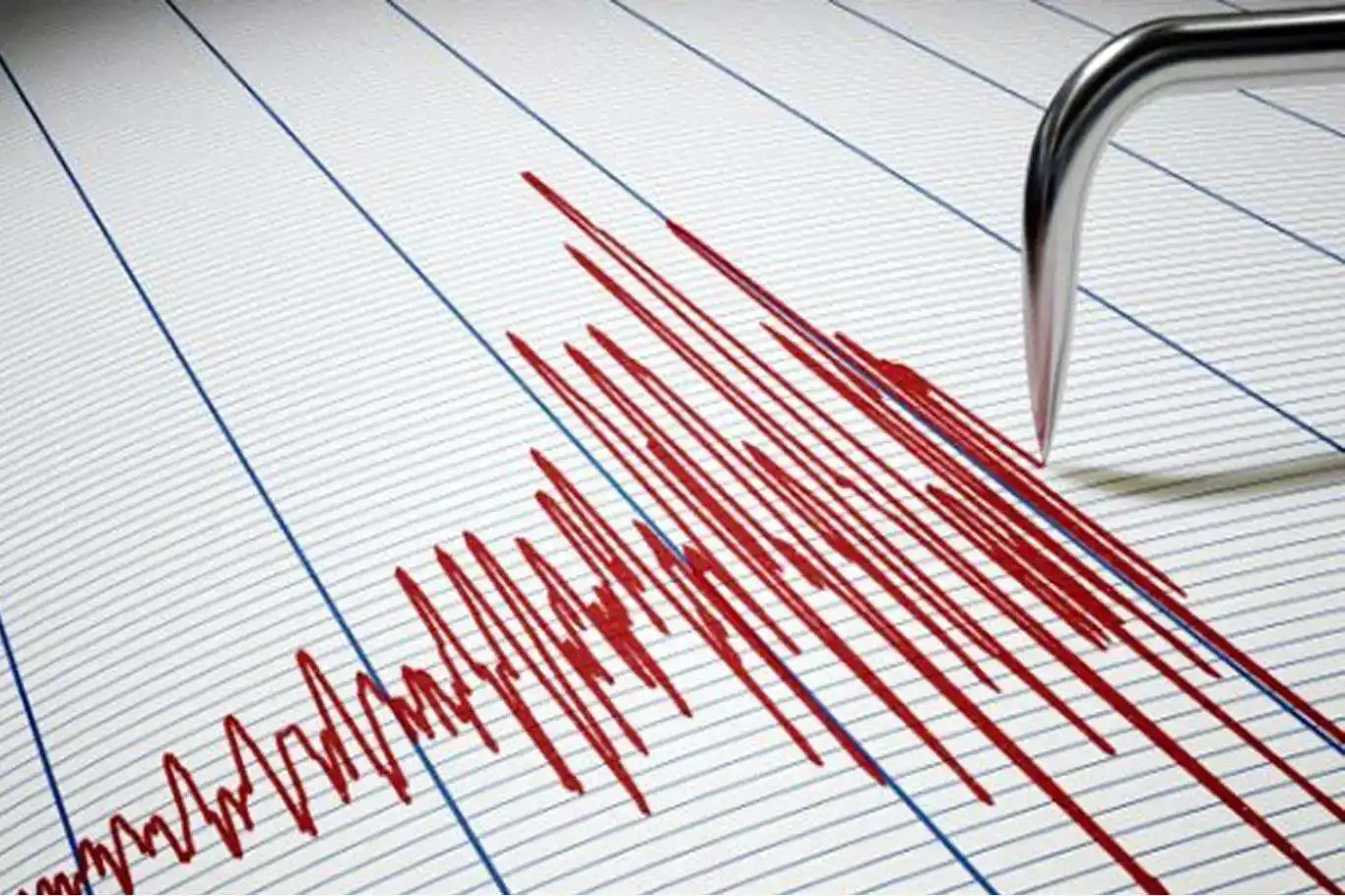Magnitude 4.9 earthquake strikes southeastern Iran


A moderate earthquake measuring 4.9 on the Richter scale struck the town of Hojedk in southeastern Iran’s Kerman province on Monday, according to preliminary seismic data.
The tremor occurred at 14:47 local time (11:17 UTC) at a shallow depth of 10 kilometers. The epicenter was located at latitude 30.7823 and longitude 57.392, placing it near the rural town of Hojedk, which has previously experienced seismic activity due to its position near active fault lines.
Initial assessments indicate that approximately 70,000 people were exposed to shaking intensity classified as MMI IV (light shaking), though there have been no immediate reports of casualties or significant damage. Local authorities and emergency response teams have been dispatched to assess the impact on communities and infrastructure.
Iran lies on several major fault lines and is prone to frequent earthquakes, some of which have caused devastating losses in the past. Authorities are urging residents in the affected areas to remain alert for potential aftershocks and follow official safety instructions.
The earthquake was recorded by regional and international monitoring agencies and inserted into emergency tracking systems at 11:31 UTC.
Further updates will be provided as more information becomes available. (ILKHA)
LEGAL WARNING: All rights of the published news, photos and videos are reserved by İlke Haber Ajansı Basın Yayın San. Trade A.Ş. Under no circumstances can all or part of the news, photos and videos be used without a written contract or subscription.
The international humanitarian organization IHO EBRAR has distributed essential food aid packages to hundreds of vulnerable families across Ethiopia, providing critical relief in regions severely affected by food insecurity and widespread hardship.
Two US service members and a US civilian were killed, and three other American troops were injured, in an ambush carried out by an ISIS (Daesh) gunman in Syria, the US Central Command (CENTCOM) said on Saturday.
Venezuelan Defense Minister Vladimir Padrino López has sharply accused the United States of deliberately escalating tensions and seeking to provoke a military conflict in Latin America and the Caribbean.
Four Palestinians were killed on Saturday afternoon after an Israeli drone bombed a civilian vehicle near the Nabulsi junction, southwest of Gaza City, in what Palestinian sources described as a fresh violation of the ceasefire agreement.